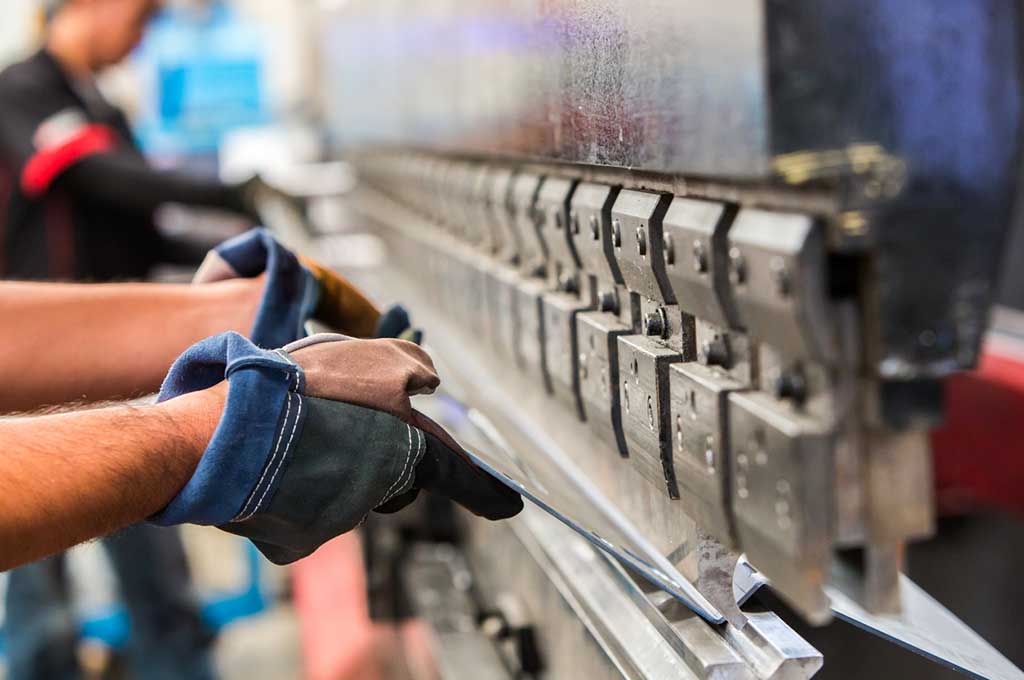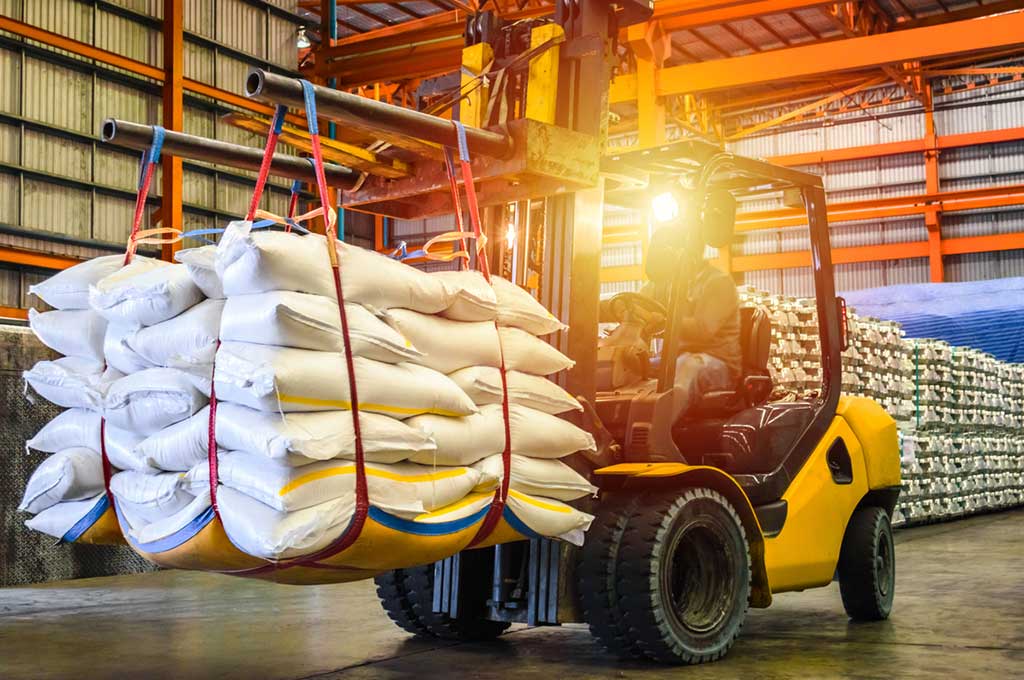
Is crush injury a common disability in Australia?
Mirage News states that WorkSafe accepted 461 claims for crush injuries in 2022. Three-quarters (341) of the incidents involved an injury to the hand or wrist. Crush syndrome is a surprisingly common cause of disability in Australia.
Manufacturing was the most crush-prone industry, accounting for 127 claims, followed by construction with 87. Some of the most common occupations where this occurs include labourers (81), process workers (29), machine operators (27), motor mechanics (20) and truck drivers (19).
What are Crush Injuries and How Do They Relate to Crush Syndrome?
From Australia Wide First Aid, crush syndrome can occur when prolonged pressure and force are applied to a part of the body. In a crush injury, blood flow is restricted both to and from the area and the cells start to die due to the lack of blood flow. They then release an excessive amount of toxins, such as potassium, phosphorus and myoglobin.
What are the different types of crush injuries?
From EMSworld, crush injuries can range from a superficial crush injury to compartment syndrome, and finally crush syndrome.
- A crush injury results from prolonged continuous pressure on large muscles, like those of the legs or arms, which results in muscle disintegration.
- Compartment syndrome is defined as any condition in which a structure like a nerve or tendon has been constricted within a space.
- Crush Syndrome is the condition that occurs when pressure is released from a crush injury and the toxins spread to the rest of the body. These toxins can disrupt the regular functions of the heart, lungs and kidneys. If not treated promptly and correctly it may result in rapid organ failure that leads to death.
What causes Crush Injuries?
From UpToDate, Typical causes of crush injury include being trapped under a vehicle or related to industrial, construction, or agricultural accidents. In natural disasters such as major earthquakes, 3 to 20 per cent of mass casualties may involve crush injuries due to building collapse and entrapment. Mass crowd stampedes can also cause crush injuries.
What symptoms do Australians with Crush Injuries live with?
From First Aid Darwin, some or all of the following signs and symptoms may be present after a crushing injury:
- Bleeding and bruising at the site of injury
- Swelling
- Fracture or broken bone
- Nerve injury
- Intense pain
- Numbness, pins-and-needles, or electricity-like sensations
- Laceration (open wound)
- Infection from bacteria
- Persistent and deep aches in the affected area
Peripheral Neuropathy
According to the National Health Service, Peripheral neuropathy develops when nerves in the body’s extremities, such as the hands, feet and arms, are damaged. This condition may occur after a Crush Injury.
What help is available for Australians after a Crush Injury?
From MedlinePlus, the steps for first aid treatment of a crush injury are:
- Stop bleeding by applying direct pressure.
- Cover the area with a wet cloth or bandage. Then, raise the area above the level of the heart, if possible.
- If there is suspicion of a head, neck, or spinal injury, immobilise those areas if possible and then limit movement to only the crushed area.
- Call your local emergency number (such as 911) or local hospital for further advice.
Crush injuries most often need to be evaluated in a hospital emergency department. Surgery may be needed. The treatment for crush injuries is intensive and it may take years until the affected limb feels normal again. In more serious cases, the limb may never be the same.
More about Crush Injuries in Australia

Types of Crush Injury Claims in Australia
Learn about the different types of crush injuries claims

Crush Injury TPD Claims
Learn about how TPD Claims can provide lump sum help to Australians with crush injuries

